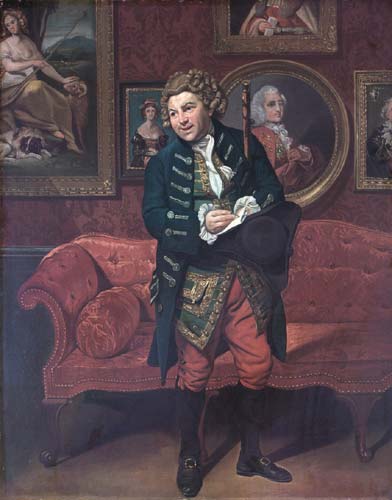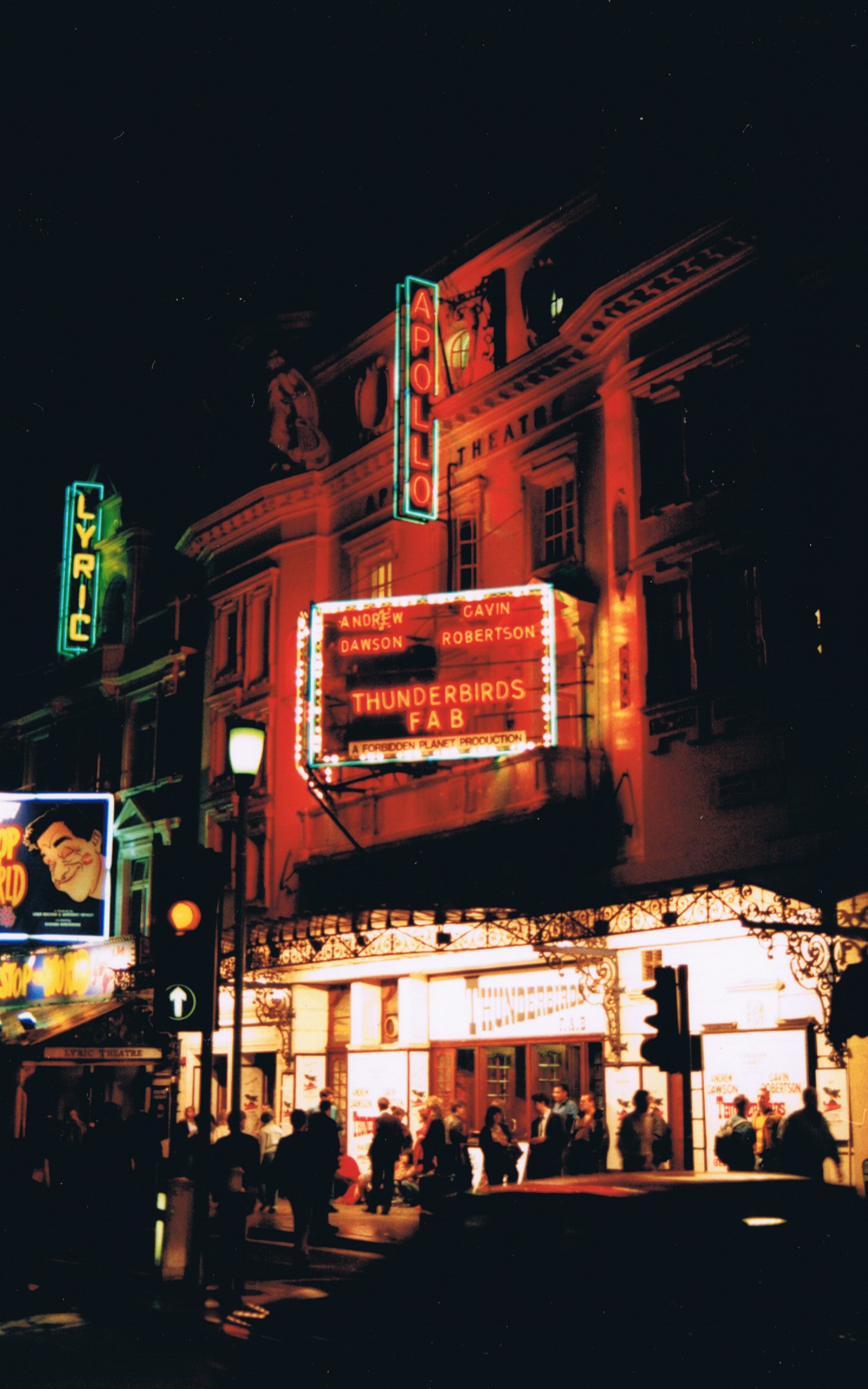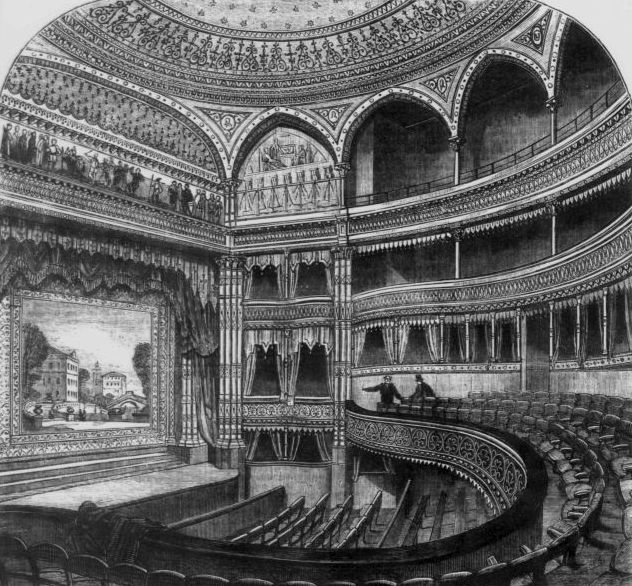|
Gabrielle Ray
Gabrielle Ray (born Gabrielle Elizabeth Clifford Cook, 28 April 1883 – 21 May 1973), was an English stage actress, dancer and singer, best known for her roles in Edwardian musical comedies. Ray was considered one of the most beautiful actresses on the London stage and became one of the most photographed women in the world. In the first decade of the 20th century, she had a good career in musical theatre. After an unsuccessful marriage, she returned to the stage, but she never recovered the fame that she had enjoyed. She later struggled with depression and spent her last 37 years in a mental hospital. Biography Ray was born in Cheadle Hulme, Cheadle, Metropolitan Borough of Stockport, Stockport, England.Edwardes, Robin"A Short Biography of Gabrielle Ray" (1997) She was the fourth child of William Austin Cook, a prosperous iron merchant and a Justice of the Peace for Cheshire, and his wife Anne Maria Elizabeth ''née'' Holden.Gänzl, Kurt."Ray, Gabrielle (1883–1973)" Oxford ... [...More Info...] [...Related Items...] OR: [Wikipedia] [Google] [Baidu] |
Cheadle Hulme
Cheadle Hulme () is a suburb in the Metropolitan Borough of Stockport, Greater Manchester, England,. Historically in Cheshire, it is south-west of Stockport and south-east of Manchester. It lies in the Ladybrook Valley, on the Cheshire Plain, and the drift consists mostly of boulder clay, sands and gravels. In 2011, it had a population of 26,479. Evidence of Bronze Age, Roman and Anglo-Saxon activity, including coins, jewellery and axes, have been discovered locally. The area was first mentioned in the Domesday Book of 1086 when it was a large estate which included neighbouring Cheadle. In the early 14th century, it was split into southern and northern parts at about the future locations of Cheadle Hulme and Cheadle respectively. The area was acquired by the Moseley family in the 17th century and became known as Cheadle Moseley. Unlike many English villages, it did not grow around a church; instead it formed from several hamlets, many of which retain their names as neighbou ... [...More Info...] [...Related Items...] OR: [Wikipedia] [Google] [Baidu] |
Europe
Europe is a large peninsula conventionally considered a continent in its own right because of its great physical size and the weight of its history and traditions. Europe is also considered a Continent#Subcontinents, subcontinent of Eurasia and it is located entirely in the Northern Hemisphere and mostly in the Eastern Hemisphere. Comprising the westernmost peninsulas of Eurasia, it shares the continental landmass of Afro-Eurasia with both Africa and Asia. It is bordered by the Arctic Ocean to the north, the Atlantic Ocean to the west, the Mediterranean Sea to the south and Asia to the east. Europe is commonly considered to be Boundaries between the continents of Earth#Asia and Europe, separated from Asia by the drainage divide, watershed of the Ural Mountains, the Ural (river), Ural River, the Caspian Sea, the Greater Caucasus, the Black Sea and the waterways of the Turkish Straits. "Europe" (pp. 68–69); "Asia" (pp. 90–91): "A commonly accepted division between Asia and E ... [...More Info...] [...Related Items...] OR: [Wikipedia] [Google] [Baidu] |
Lily Elsie
Elsie Cotton (''née'' Hodder, 8 April 1886 – 16 December 1962), known professionally as Lily Elsie, was an English actress and singer during the Edwardian era. She was best known for her starring role in the London premiere of Franz Lehár's operetta ''The Merry Widow''. Beginning as a child star in the 1890s, Elsie built her reputation in several successful Edwardian musical comedies before her great success in ''The Merry Widow'', opening in 1907. Afterwards, she starred in several more successful operettas and musicals, including ''The Dollar Princess'' (1909), ''A Waltz Dream'' (1911) and ''The Count of Luxembourg'' (1911). Admired for her beauty and charm on stage, Elsie became one of the most photographed women of Edwardian times. Life and career Elsie was born in Armley, West Yorkshire. Her mother, Charlotte Elizabeth Hodder (1864–1922), was a dressmaker who operated a lodging-house. She married William Thomas Cotton, a theatre worker, in 1891, and Elsie became Els ... [...More Info...] [...Related Items...] OR: [Wikipedia] [Google] [Baidu] |
Lady Madcap
''Lady Madcap'' is an Edwardian musical comedy in two acts, composed by Paul Rubens with a book by Paul Rubens and Nathaniel Newnham-Davis, and lyrics by Paul Rubens and Percy Greenbank. The story concerns a mischievous Earl's daughter who holds a ball at her father's castle without permission, pretends to be her own maid, and causes general confusion. The musical was first performed at the Prince of Wales Theatre, London, on 17 December 1904, under the management of George Edwardes, garnering highly favourable reviews. It ran for 354 performances, nearly a year, closing in November 1905. It starred Adrienne Augarde in the title role, and G. P. Huntley as Trouper Smith. Various changes were made to the cast during the run. Among those who appeared in the piece were Zena Dare, Lily Elsie, Gabrielle Ray and Marie Studholme. It then toured in the British provinces, starring Studholme. In 1906 it ran on Broadway at the Casino Theatre as ''My Lady's Maid'' with Madge Crichton i ... [...More Info...] [...Related Items...] OR: [Wikipedia] [Google] [Baidu] |
Prince Of Wales Theatre
The Prince of Wales Theatre is a West End theatre in Coventry Street, near Leicester Square in London. It was established in 1884 and rebuilt in 1937, and extensively refurbished in 2004 by Sir Cameron Mackintosh, its current owner. The theatre should not be confused with the former Scala Theatre in London that was known as the ''Prince of Wales Royal Theatre'' or ''Prince of Wales's Theatre'' from 1865 until its demolition in 1903. History Phipps' theatre The first theatre on the site opened in January 1884 when Charles J. Phipps, C.J. Phipps built the Prince's Theatre for actor-manager Edgar Bruce. It was a traditional three-tier theatre, seating just over 1,000 people. The theatre was renamed the Prince of Wales Theatre in 1886 after the future Edward VII of the United Kingdom, Edward VII. Located between Piccadilly Circus and Leicester Square, the theatre was favourably situated to attract theatregoers. The first production in the theatre was an 1884 revival of W. S. ... [...More Info...] [...Related Items...] OR: [Wikipedia] [Google] [Baidu] |
The Orchid
''The Orchid'' is an Edwardian musical comedy in two acts with music by Ivan Caryll and Lionel Monckton, a book by James T. Tanner, lyrics by Adrian Ross and Percy Greenbank, and additional numbers by Paul Rubens (composer), Paul Rubens. The story concerns marital mix-ups and the quest of a wealthy man for a $2,000 Peruvian orchid to be sent to France. When foul play keeps the flower from reaching its destination, it is discovered that a nearly identical orchid is growing in the garden of the horticultural college. The musical opened on 26 October 1903 at London's Gaiety Theatre, London, Gaiety Theatre and ran for 559 performances. It starred Gertie Millar, Gabrielle Ray, Harry Grattan, Edmund Payne and George Grossmith, Jr. The show also had a successful Broadway run, revivals and a U.S. tour. ''The Orchid'' was the first show produced at the renovated Gaiety Theatre. [...More Info...] [...Related Items...] OR: [Wikipedia] [Google] [Baidu] |
Apollo Theatre
The Apollo Theatre is a Grade II listed West End theatre, on Shaftesbury Avenue in the City of Westminster, in central London.English Heritage listing accessed 28 April 2007 Designed by the architect Lewin Sharp for owner , it became the fourth legitimate theatre to be constructed on the street when it opened its doors on 21 February 1901, with the American '' [...More Info...] [...Related Items...] OR: [Wikipedia] [Google] [Baidu] |
The Girl From Kays
''The Girl from Kays'' is a musical comedy in three acts, with music by Ivan Caryll and book and lyrics by Owen Hall. Additional songs were by Paul Rubens, Howard Talbot, Adrian Ross, Percy Greenbank and others. The farcical story concerns a misguided kiss. The original London production, from 1902 to 1903, played for a long run of 432 performances and was followed by provincial tours. A successful New York run of 223 performances began in 1903, and successful Australian runs followed. The musical was later revised as ''The Belle of Bond Street''. Productions The musical was produced by George Edwardes at the Apollo Theatre in London, opening on 15 November 1902 and moving to the Comedy Theatre on 14 December 1903 to finish its run of 432 performances. Florence Young replaced Ethel Irving in the title role, Gabrielle Ray took over Letty Lind's role during the original run, and Kitty Gordon also appeared in the musical. Despite its long run, the expensive production lost money ... [...More Info...] [...Related Items...] OR: [Wikipedia] [Google] [Baidu] |
Letty Lind
Letitia Elizabeth Rudge (21 December 1861 – 27 August 1923), known professionally as Letty Lind, was an English actress, singer, dancer and acrobat, best known for her work in burlesque at the Gaiety Theatre, and in musical theatre at Daly's Theatre, in London. Life and career Lind was born at her parents' residence in Birmingham, England, and was christened at Saint Thomas church. Her father, Henry Rudge, was a brass founder and chandelier maker. Her mother, Elizabeth Rudge, was an actress whose career was brief and confined mostly to the Birmingham area. Lind was one of the Rudge Sisters, all of whom became well-known performers. Lind also had two brothers who were brass founders. Early career Lind first appeared on stage when she was about five years old as Eva in ''Uncle Tom's Cabin'', then toured with American entertainer and writer Howard Paul and his British wife, Mrs Howard Paul from about the age of ten. The Pauls billed her as "La Petite Letitia." Howard Paul ... [...More Info...] [...Related Items...] OR: [Wikipedia] [Google] [Baidu] |
Gaiety Theatre, London
The Gaiety Theatre was a West End theatre in London, located on Aldwych at the eastern end of the Strand. The theatre was first established as the Strand Musick Hall in 1864 on the former site of the Lyceum Theatre. In 1868, it became known as the Gaiety Theatre and was, at first, known for music hall and then for musical burlesque, pantomime and operetta performances. From 1868 to the 1890s, it had a major influence on the development of modern musical comedy. Under the management of John Hollingshead until 1886, the theatre had early success with ''Robert the Devil'', by W. S. Gilbert, followed by many other burlesques of operas and literary works. Many of the productions starred Nellie Farren. Hollingshead's last production at the theatre was the burlesque ''Little Jack Sheppard'' (1885–86), produced together with his successor, George Edwardes. Edwardes's first show, ''Dorothy'', became a long-running hit. In the 1880s and 90s, the theatre had further success with a ... [...More Info...] [...Related Items...] OR: [Wikipedia] [Google] [Baidu] |
The Toreador
''The Toreador'' is an Edwardian musical comedy in two acts by James T. Tanner and Harry Nicholls, with lyrics by Adrian Ross and Percy Greenbank and music by Ivan Caryll and Lionel Monckton. It opened at the Gaiety Theatre in London, managed by George Edwardes, on 17 June 1901 and ran for an extremely successful 675 performances. It starred Marie Studholme, Gertie Millar, Harry Grattan, Edmund Payne, George Grossmith, Jr. and the young Sidney Bracy. Gabrielle Ray later joined the cast. The show also enjoyed Broadway runs in 1902 and 1904 and toured internationally. Key songs include "Captivating Cora", "I'm Romantic", "When I Marry Amelia", "Keep Off the Grass", and "Archie". As was customary for musicals at the time, other songs were interpolated into the show. For example Christie MacDonald performed "Moon, Moon" in the show, which was written by Nathaniel D. Mann. Roles and original cast *Augustus Traill (of the British Consulate at Villaya) – Lionel Mackin ... [...More Info...] [...Related Items...] OR: [Wikipedia] [Google] [Baidu] |
Gertie Millar
Gertrude Ward, Countess of Dudley ( Millar; 21 February 1879 – 25 April 1952), known as Gertie Millar, was an English actress and singer of the early 20th century, known for her performances in Edwardian musical comedies. Beginning her career at age 13, Millar was a prominent star of musical comedies for two decades. In 1902, she married the composer Lionel Monckton, who wrote the scores of many of her shows and songs that she made famous. She was one of the most prominent West End theatre performers of the early 20th century, starring in such long-running hits as ''The Toreador'' (1901), ''The Orchid'' (1903) '' The Spring Chicken'' (1905), ''The New Aladdin'' (1906) ''The Girls of Gottenberg'' (1907), ''Our Miss Gibbs'' (1909), ''The Quaker Girl'' (1910), '' Gipsy Love'' (1912), '' The Dancing Mistress'' (1912), ''The Marriage Market'' (1913), and ''A Country Girl'' (1914). After Monckton died in 1924, Millar married the 2nd Earl of Dudley. Life and career Millar was bo ... [...More Info...] [...Related Items...] OR: [Wikipedia] [Google] [Baidu] |





